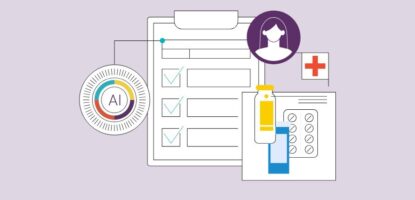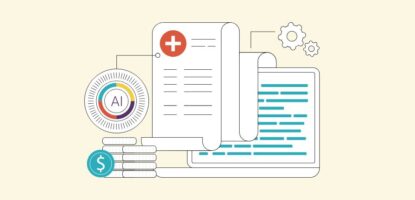
Two Midnights, One Mission: Redefining Compliance with Technology-Driven Precision
Despite more than a decade of regulatory evolution, one rule continues to test the agility and alignment of...
Keep up with the latest insights from experts in healthcare revenue cycle management.

Despite more than a decade of regulatory evolution, one rule continues to test the agility and alignment of...

This is part 2 of a 3-part blog series on why traditional clinical documentation integrity (CDI) solutions can...

What is Clinical Documentation Integrity and Improvement? From boosting patient safety to ensuring proper reimbursement, clinical documentation integrity...

This is part 1 of a 3-part blog series on why traditional clinical documentation integrity (CDI) solutions can...

As healthcare grows increasingly data-centric, CDI leaders are under rising pressure to prove their impact – driving performance,...

The 2025 ACDIS Conference in Orlando brought together clinical documentation specialists, healthcare leaders, and technology innovators to explore...
Contact us today to schedule a demo or learn more about our AI-powered solutions.